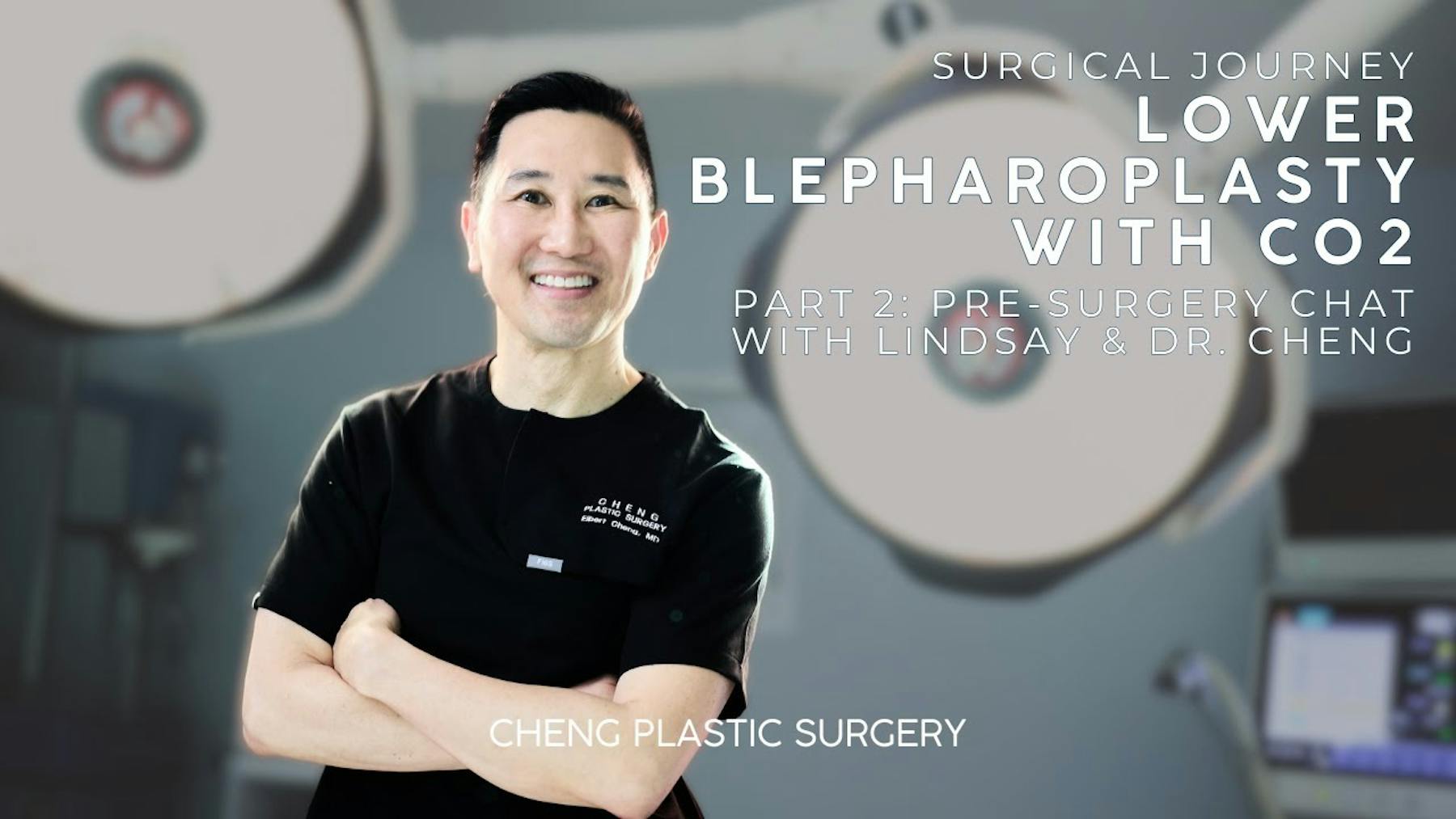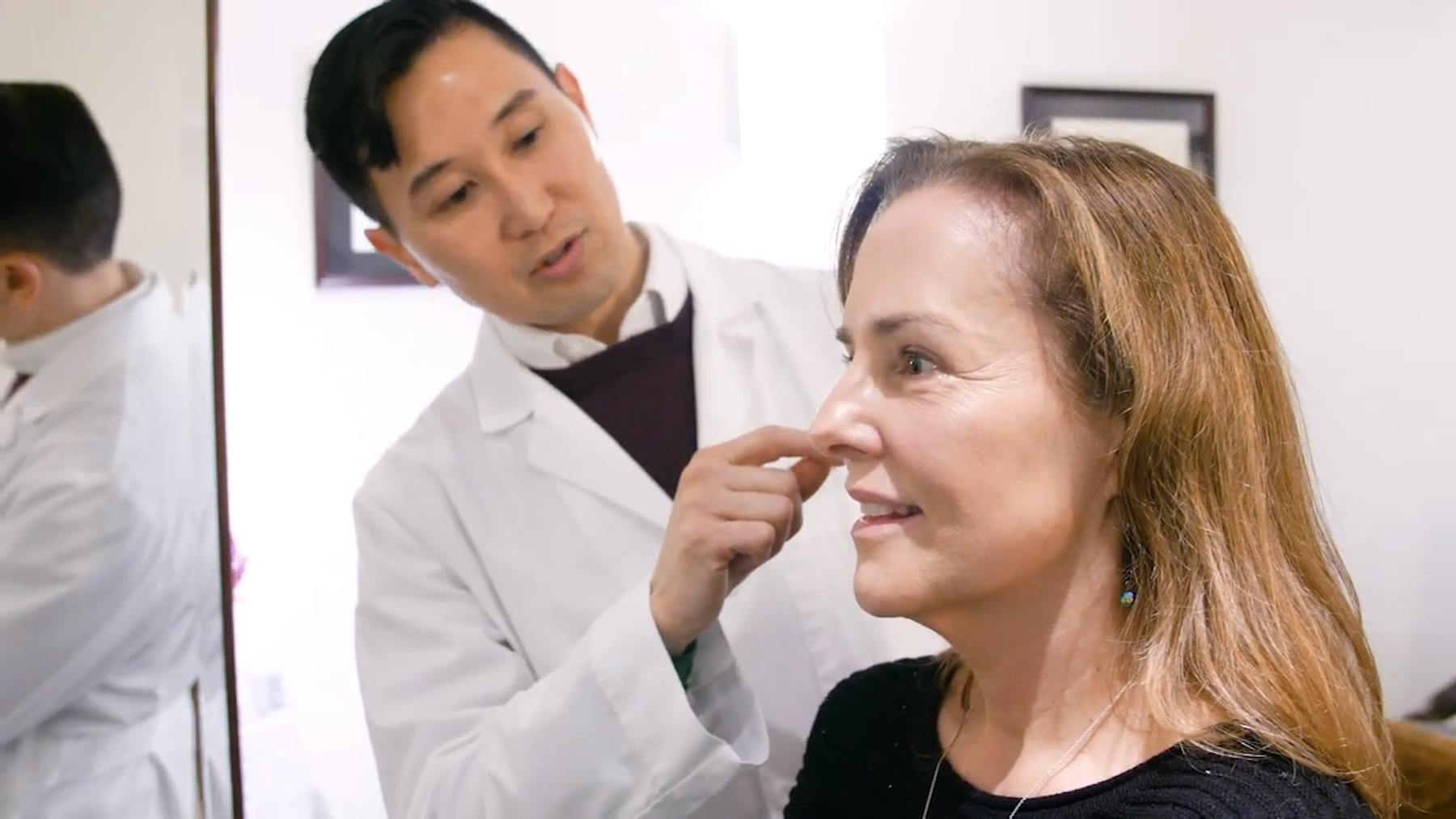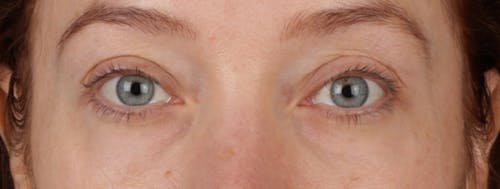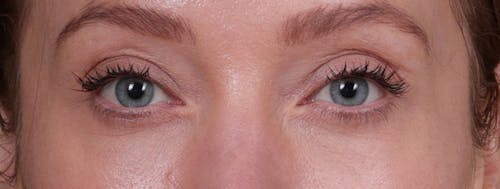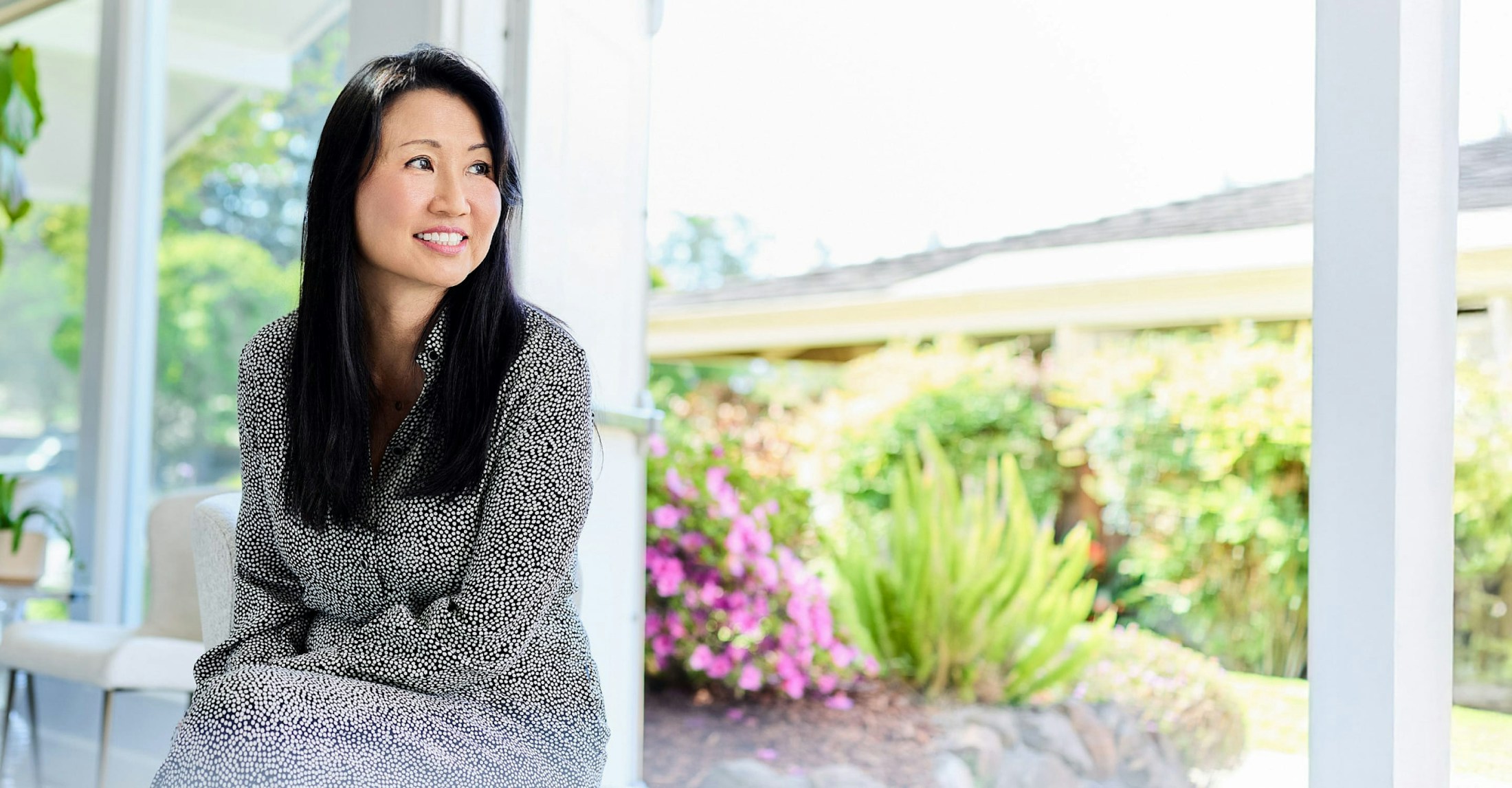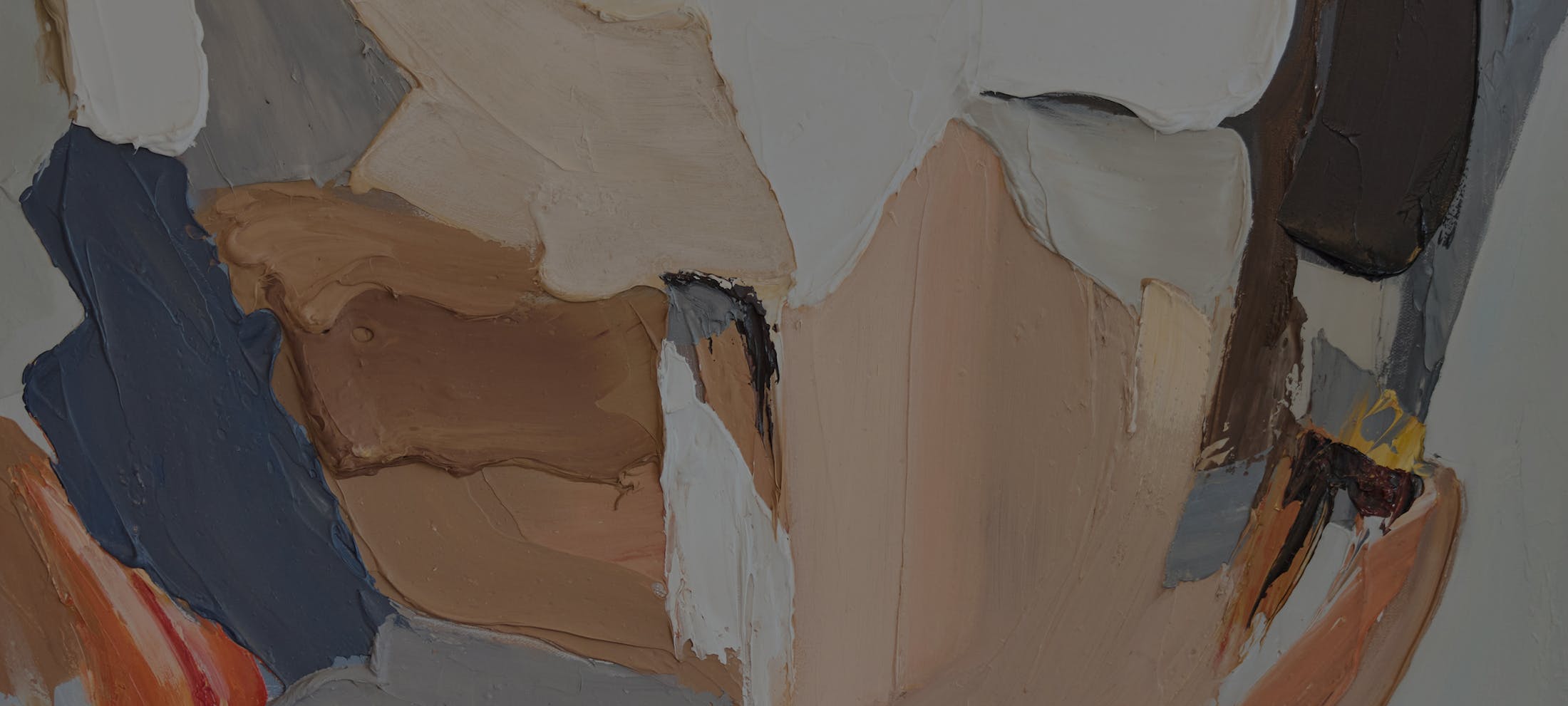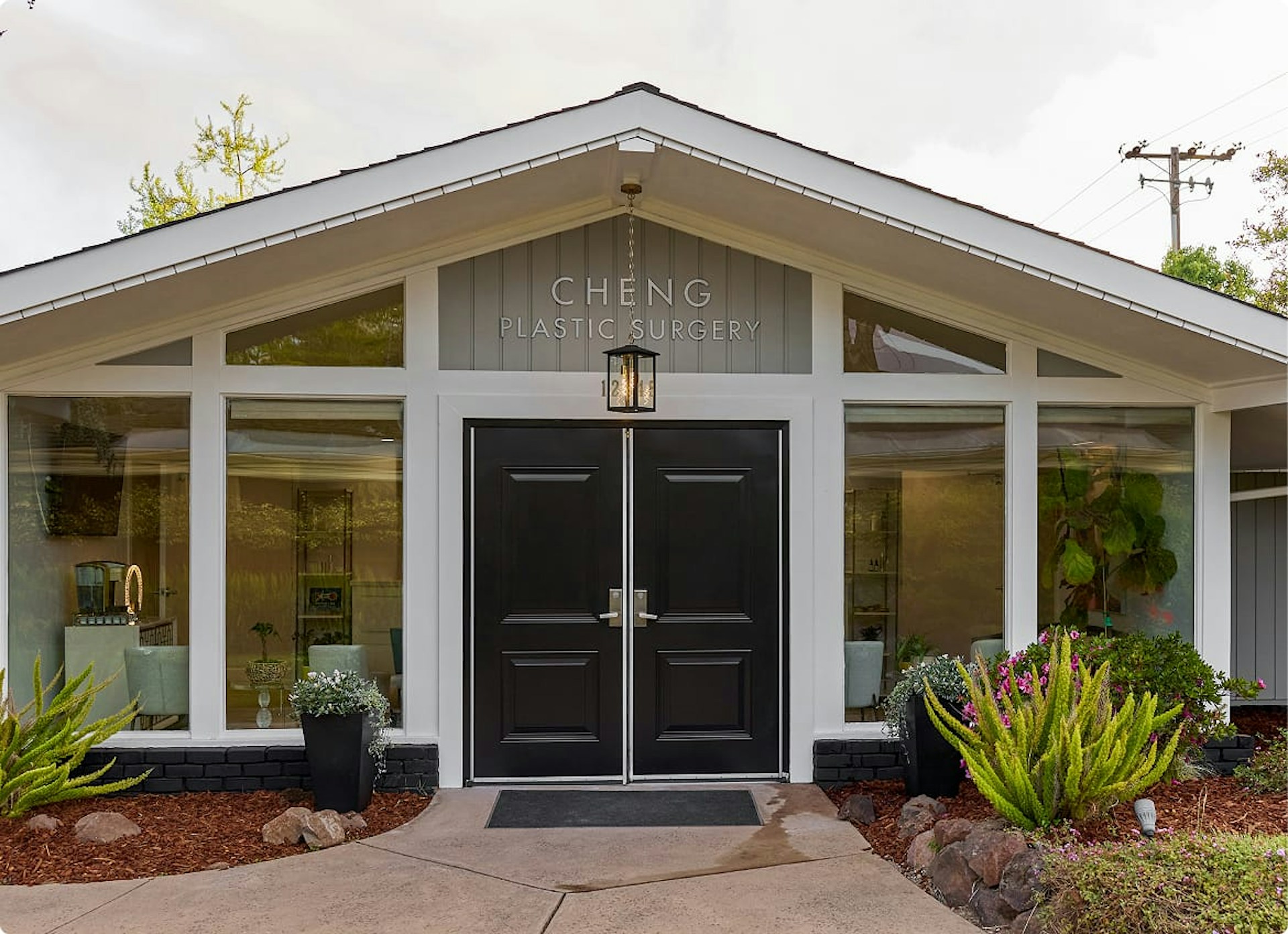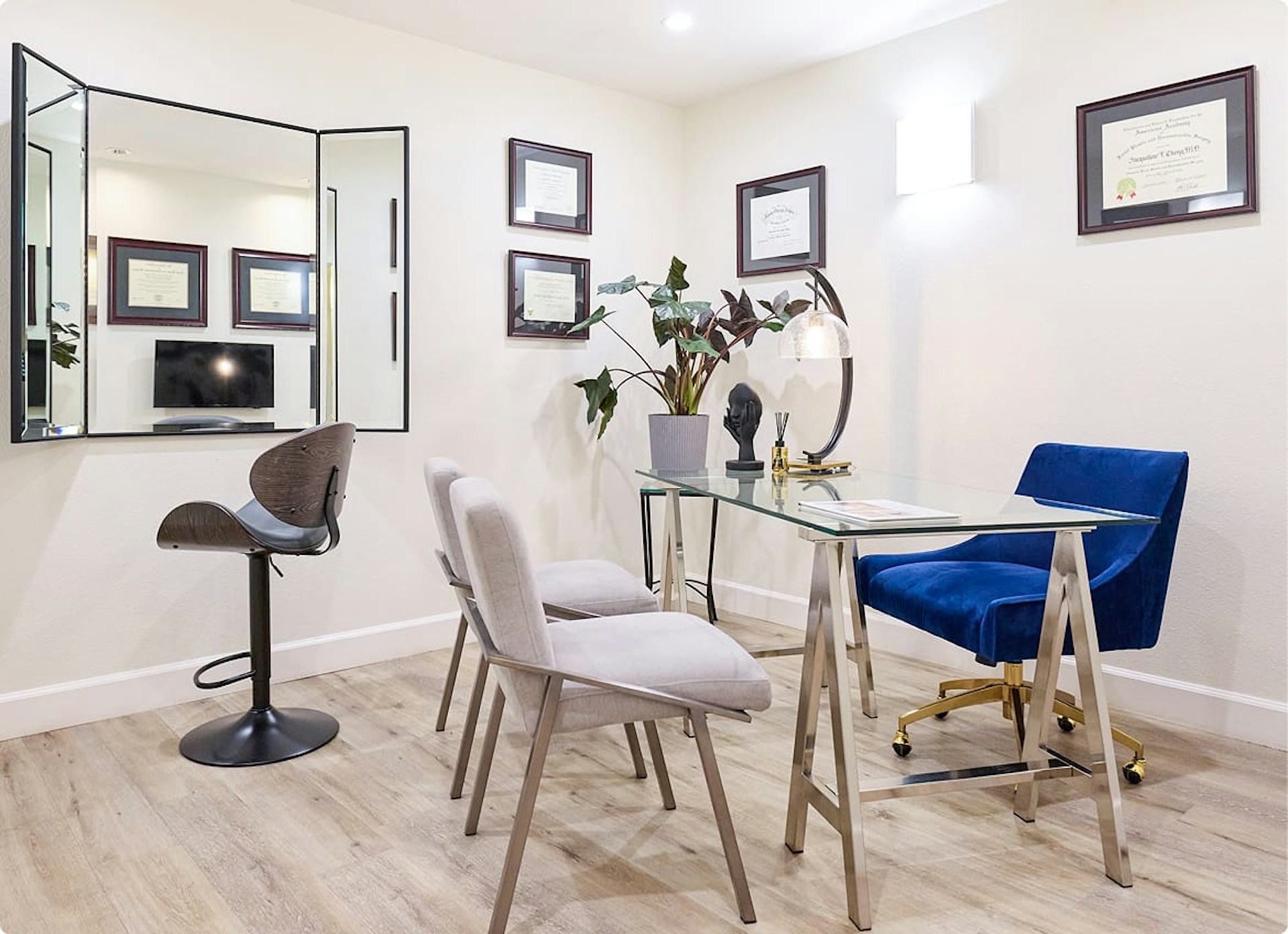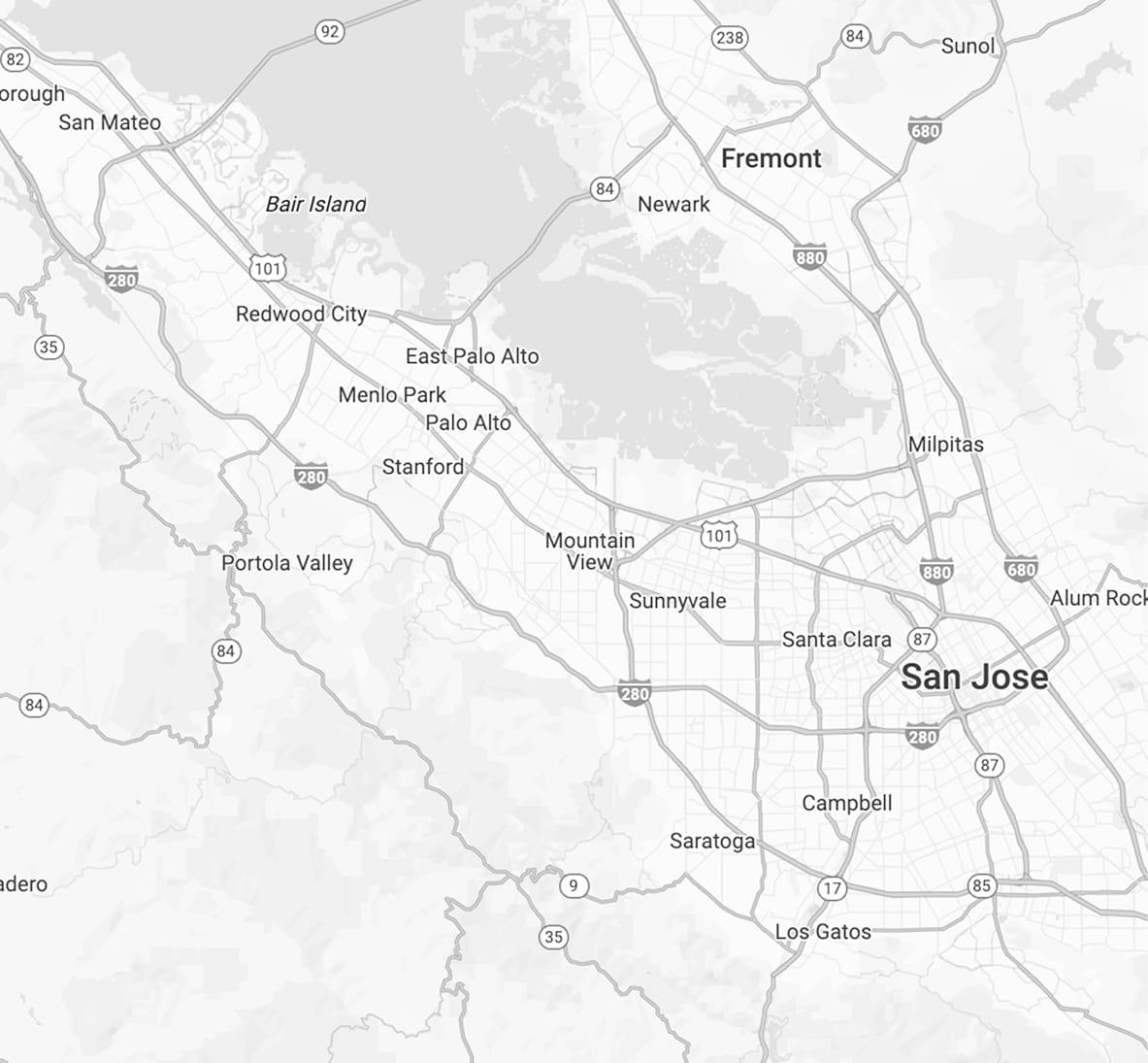What are the Different Types of Eyelid Surgery Available?
In your 20s or 30s, upper eyelid surgery is often chosen to enhance or define the natural eye shape, or to create a brighter, more refreshed look. With age, however, the underlying anatomy shifts, and the orbital bones become more hollow, tissues lose elasticity, and fat may start to protrude. These changes can cause the eyes to look heavy or tired and even affect how wide they open. For this reason, the surgical approach to the upper and lower eyelids is tailored differently at different stages of life.
Upper Blepharoplasty
Upper eyelid surgery is a precise and delicate procedure, performed through a tiny incision hidden within the natural eyelid crease. Based on your individual anatomy, a small amount of skin, muscle, or fat may be removed or gently reshaped. The incision is then closed with ultra-fine sutures, promoting refined healing and a natural, refreshed appearance. In many patients, upper eyelid laxity is partly due to brow sagging; therefore, a brow lift or reshaping is often performed in combination with upper blepharoplasty to create the most balanced and beautiful result.
Revision Upper Blepharoplasty
Revision upper blepharoplasty is a highly specialized procedure designed to correct or refine the results of a previous eyelid surgery. Because the eyelid area is delicate and the anatomy can be altered from prior surgery, revision treatment requires exceptional precision and artistry. The goal is to address concerns such as asymmetry, excess skin or hollowing, scarring, or an unnatural eyelid crease while preserving the eye’s natural expression.
Horizontal Eye Widening or Canthopexy
Sometimes the eyes can look tired because of a condition called ectropion, where the lower eyelid sags with gravity, showing too much of the white part of the eye. In these cases, the tendon at the inner or outer corner of the eyelid can be gently tightened and secured back to the bony edge, helping restore a more natural, refreshed appearance.
Asian Upper Blepharoplasty (Nonincisional vs. Incisional)
Dr. Elbert has spent extensive time in Korea, working with surgeons to learn the most current and innovative techniques to perfect the art of Asian eyelid surgery and to master both non-incisional and incisional techniques. During your consultation, Dr. Elbert will take the time to listen to your goals, carefully examine your anatomy, and review photos with you to create a customized surgical plan that best matches your desired outcome.
- Non-incisional technique: This method does not remove tissue but instead uses delicate sutures to create a natural-looking crease. It is highly popular in Korea—over 90% of K-Pop stars and Korean celebrities choose this approach for its subtle, beautiful results.
- Incisional technique: This approach involves removing a small amount of skin, muscle, and sometimes fat. Many patients consider it a more lasting solution, and depending on your anatomy, it may be the most effective way to achieve your goals.
- Horizontal Eye-Widening/Canthoplasty: At times, enhancing the horizontal length of the eyes can bring greater balance and symmetry to the face, and this procedure is designed to achieve exactly that.
- Epicanthoplasty: In some East Asian patients, excess skin on the upper eyelid, especially near the inner (medial) portion of the eye, is a normal anatomical feature. When this skin partially covers the white of the eye, a procedure can be performed to restore balance and harmony to the upper face while respecting the natural anatomy.
Ptosis Repair via Levator Aponeurosis or Mullerectomy
Do your eyes look tired or feel difficult to fully open? As we age, the muscles responsible for lifting the eyelids can weaken, making the eyes appear sleepy or heavy. Ptosis repair is a surgical procedure that corrects drooping of the upper eyelid caused by weakened eyelid muscles. Depending on the underlying cause, it can be performed through levator aponeurosis advancement, which tightens or reattaches the main lifting muscle, or through a Mullerectomy, which shortens the Müller’s muscle from inside the eyelid. Both techniques elevate the lid to a more natural position, improving vision and restoring a more alert, balanced appearance.
During your consultation, Dr. Elbert will carefully examine and test your eyelid function to determine the best approach for you. There are two primary techniques:
- Levator aponeurosis shortening – performed through a small incision in the upper eyelid (often combined with an upper blepharoplasty).
- Mullerectomy – performed from the inner surface of the eyelid without an external incision.
Fat Grafting or Fat Repositioning to the Eyelid and Brow Region
When wrinkles and hollowing appear around the eyes, whether from genetics or aging, fat can be used strategically to sculpt and restore smoothness and fullness. This is a highly delicate and artistic procedure where surgical experience and deep understanding of the anatomy is essential.
Fat is gently harvested from areas such as the abdomen or thighs then refined into extremely small particles (nano or microfat) before being carefully injected in precise amounts throughout the eyelid region. In some cases, existing fat in the upper or lower eyelid compartments can be repositioned, a technique known as fat repositioning, to restore balance and volume where it has been lost.
Because aging changes the face in three dimensions (bone, soft tissue, and fat), restoring and redistributing volume is essential. By carefully combining fat grafting with fat repositioning, blepharoplasty can create eyes that look more youthful, refreshed, and naturally beautiful. This is where the artistry and expertise of award-winning facial plastic surgeons truly make a difference.
Lower Eyelid Surgery Procedure
For a lower eyelid lift, incisions are made inside the lower lids or along the lash line. In either case, the scars are invisible. Excess fat and skin are removed so that the lower lid is smooth, flat, and naturally tight. In some cases of lower eyelid surgery, fat is repositioned instead of removed to fill out any hollowing of the lower eyelids that may have come about through aging.
If fat repositioning is not enough, fat transfer may also be recommended. This requires harvesting fat from another part of the body and then injecting it under the eyes to provide the perfect amount of volume to give a youthful, refreshed look. This is all done at the same time as your eyelid surgery in San Jose.
Custom Eyelid Surgery For Beautiful Results.
At Cheng Plastic Surgery, our double board-certified facial plastic surgeons will evaluate your eyes carefully to determine what factors are contributing to the sagging, drooping eyelids. After this in-depth evaluation of your eyes, they devise a surgical plan that will tighten the eye area in a way that looks natural and maintains the integrity of the surrounding muscles.





